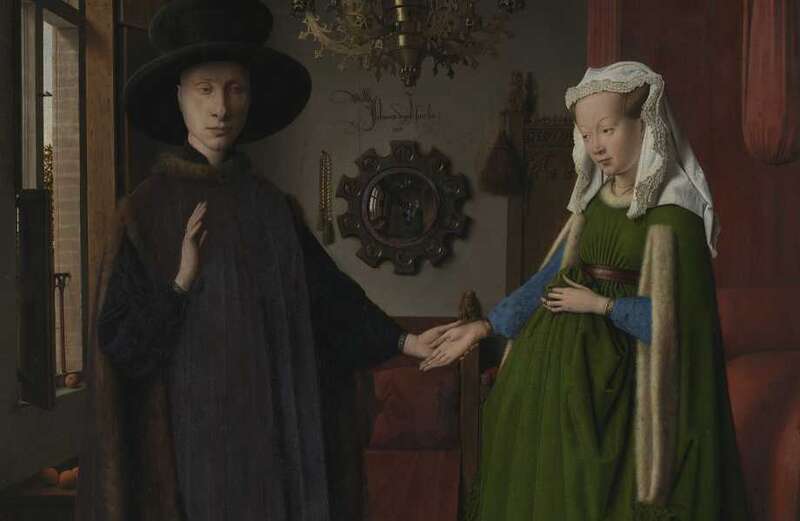FAMOUS masterpieces have been transformed to show what the legendary artwork would look like to someone with glaucoma.
Glaucoma is a common eye condition that usually develops slowly over time and can be spotted at routine eye tests - with nearly half of those diagnosed unaware they have it.


It occurs when the optic nerve between the eye and brain is damaged, with more than two million people currently at risk of vision loss due to the 'silent thief of sight'.
To raise awareness, Specsavers joined together with the National Gallery and altered artwork to show how people would see them with glaucoma.
Pieces by masters Sandro Botticelli, Thomas Gainsborough, Michelangelo Merisi da Caravaggio, Georges Seurat and Hans Holbein the Younger were all blurred around the edges.
 Spectacular New Year fireworks light up London sky as huge crowds celebrate across UK for first time in three years
Spectacular New Year fireworks light up London sky as huge crowds celebrate across UK for first time in three years
Their iconic paintings, which can be viewed at London's National Gallery, include The Supper at Emmaus (1601), Bathers at Asnières (1884) and and The Ambassadors (1533).
The masterpieces are also missing details, replicating to visitors how they could appear to the estimated 700,000 people in the UK suffering with the eye condition.
Giles Edmonds, clinical services director at Specsavers, said: “Over two million adults in the UK are at risk of losing their vision due to glaucoma – the leading cause of irreversible blindness worldwide.
“Seeing the loss of details in these famous artworks highlights just what an impact this condition can have, not just when viewing beautiful art, but also in your day-to-day life."
The expert stressed the importance of going for an eye test "at least every two years" no matter what your age or vision.
"This condition is treatable and it is possible to prevent potential sight loss, or even irreversible blindness," added Mr Edmonds.
Meanwhile, Tracy Jones from the National Gallery said the exhibition was "a crucial reminder" to schedule regular vision check-ups to "detect early signs" of the condition.
“As the National Gallery approaches its 200th birthday in May 2024, we are pleased to partner with Specsavers during World Glaucoma Week, to further demonstrate our commitment to welcoming the widest possible audiences to enjoy and engage with great art," she continued.
“Thankfully, the National Gallery offers a range of accessible facilities to help the public experience the collection, visit exhibitions and come to events.
“Access for blind and partially sighted visitors includes audio descriptive content of key works in our collection as well as a series of events entitled “Audio Art: Utterly in the picture”.
 Robbie Williams poised to launch his own brand of energy drinks to rival Prime
Robbie Williams poised to launch his own brand of energy drinks to rival Prime
“Designed specifically for blind and partially sighted audiences, these events explore paintings on multi-dimensional levels - through words, music, and sounds.”






































